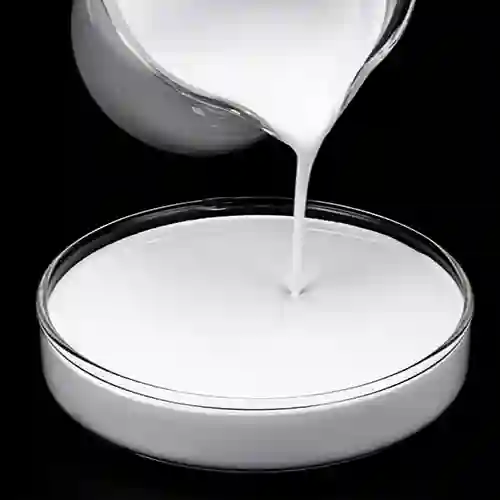Hebei Messi Biology Co., Ltd. stated that after simple purification of brine, lime as a precipitant is added to produce magnesium hydroxide precipitation. The slurry produced by the reaction must be concentrated by precipitation and filtration to wash away excess chloride to make slurry with various solid contents.

When preparing the slurry, the stability of the slurry must be affected by physical deflocculation and the concentration of chloride or cationic surfactant. Physical deflocculation is to break up the magnesium hydroxide clusters by physical means without breaking the magnesium hydroxide particles themselves. Such as APV Gaulin homogenizer. Through physical deflocculation, the viscosity of the slurry can be reduced from 200 to 2000mPa·s to about 70 to 700mPa·s, but this must also depend on the solid chloride and cationic surfactant concentrations. The content of cationic surfactant added to the slurry is closely related to the content of chloride. The more chloride content, the greater the amount of cationic surfactant required to be added. The amount of cationic surfactant and chloride required can be measured by changing the amount of each added while other conditions remain unchanged.
Cationic surfactants include polyamines, polymerized diallylmethylammonium chloride, dimethylamine and epichlorohydrin polymers.
Cationic polymers and copolymers are used to reduce the viscosity of magnesium hydroxide slurry; adding an appropriate amount of chloride ions and cationic surfactant Holly Fix1 to a high solid content magnesium hydroxide slurry can obtain a non-agglomerated, stable slurry containing 50%-60% magnesium hydroxide.
